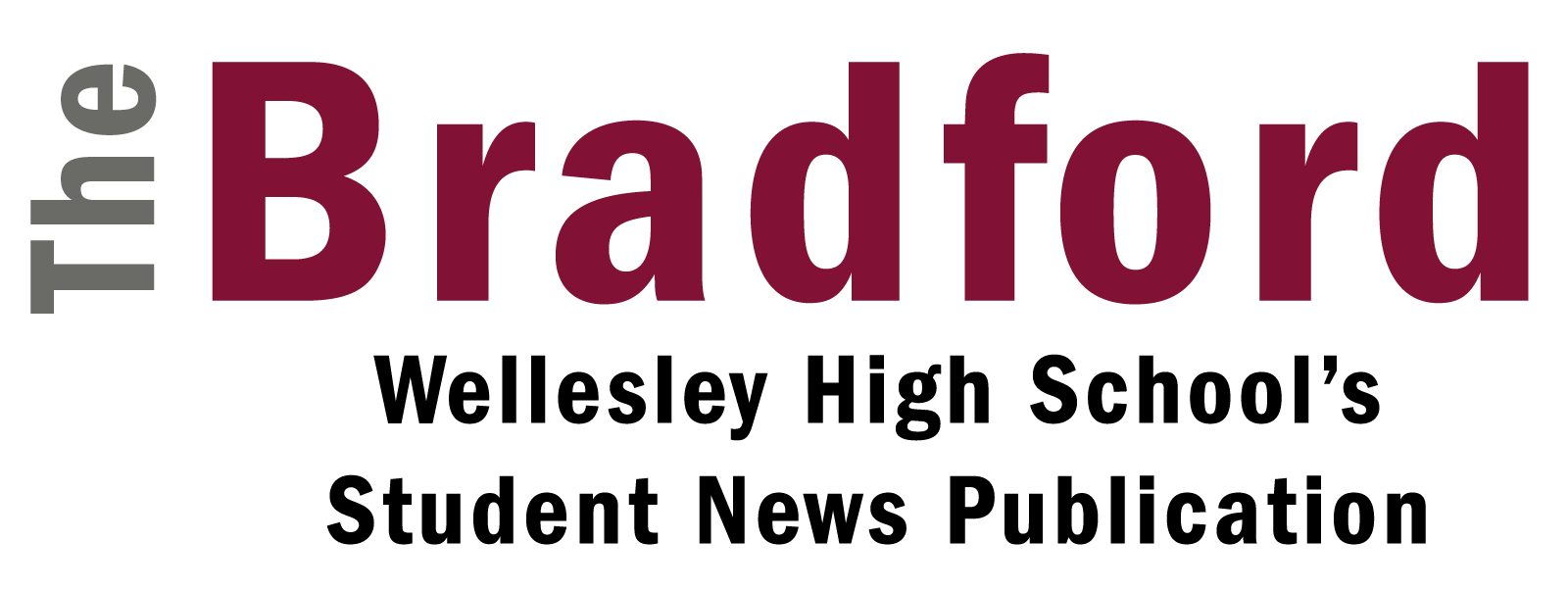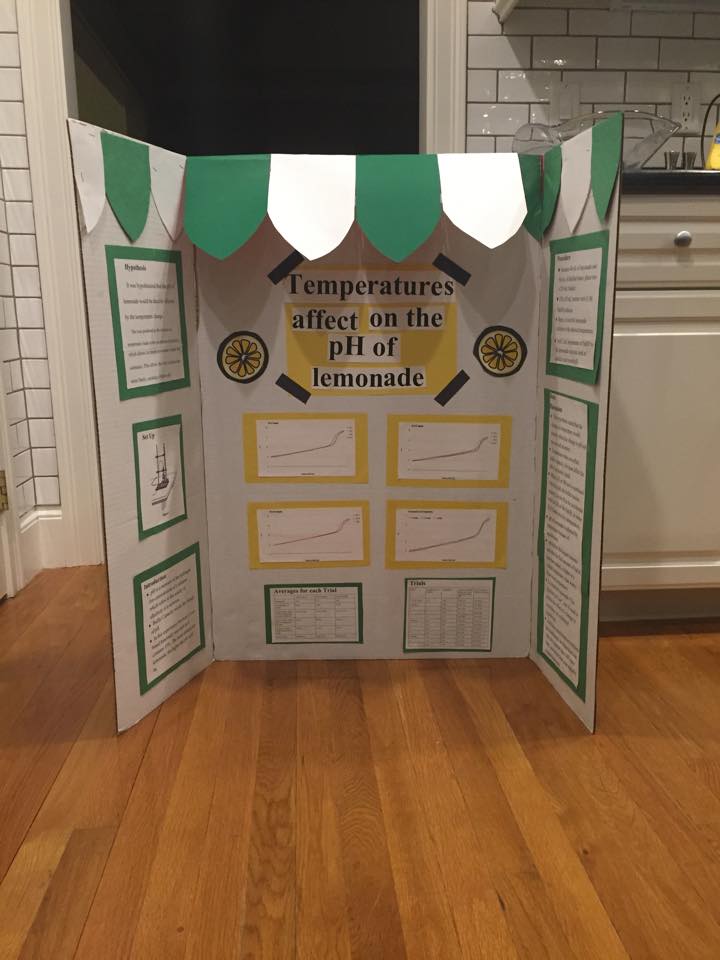After many hours of setting up apparatuses, transferring and measuring chemicals, and putting on aprons and goggles, the science students are ready demonstrate all their hard work.
Honors Chemistry and Biology students have recently finished their Independent Research Projects (IRP) and presented them to their peers and parents their experiments poster night, May 13.
For this project, the students were required to design their own experiments that related to their class and then execute those experiments during their scheduled morning lab times. The majority of students started working on them in February.
For both biology teacher, Mr. Ken Bateman, and chemistry teacher, Ms. Louisa Morrison, IRP has gone smoothly this year for all of their students. Both teachers agree that IRP has been a positive experience for the students. “I think it a great experience for them to act like true scientists, from generating a question, creating an experimental design to answer that question, collecting and analyzing data, and then reporting out on their results,” said Bateman.
Students also agreed with their teachers that conducting their IRP experiment was a success and they enjoyed the process. Multiple students also agreed that they learned more about how the things they have been studying in chemistry apply in real life.“IRP allowed us to take what we had learned in the classroom and apply it to what we talk about and use in daily life, like our experiment about antacids and stomach acid,” said Niki Hunt ’17.
With students being able to design their experiments under a wide variety of subtopics, the experiments were an interesting mix. “One group designed an experiment to test how much bacteria is transferred to a backpack based on where the backpack is placed throughout the day,” stated Bateman about one of the particularly interesting experiments in his class.
“I was happy to see so many students make use of the Vernier probes that we have in the classrooms. Kate Luo ’17, Nikki Hunt ’17 and Kaylie Crow ’17 investigated the effect of temperature and concentration on the rate of neutralization reactions between antacids and hydrochloric acid using a Vernier pH sensor,” added Morrison.
Poster night, when the students presented to their peers, parents, and faculty, also gave them a great learning experience. Instead of a teacher lecturing a lesson, the students got to tell their teachers about their experiment in depth.
“I think they did a great job of anticipating the background knowledge of their audience and adjusting their explanations accordingly. For parents and teachers, it’s a heartwarming opportunity to see growth in the students with respect to presentation skills, critical thinking and creativity,” said Morrison.
Overall, IRP has been a crucial part of the chemistry and biology curriculums over the years. Both the students and teachers agree upon its benefits. Bateman concludes, “Regardless if a student will go on in science in college or not, I think the act of going through the IRP at least allows them the opportunity to experience science at its heart.”
(Lily Fenton ’17, Staff Writer)

